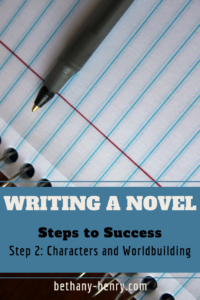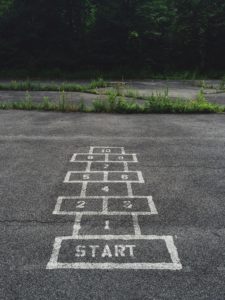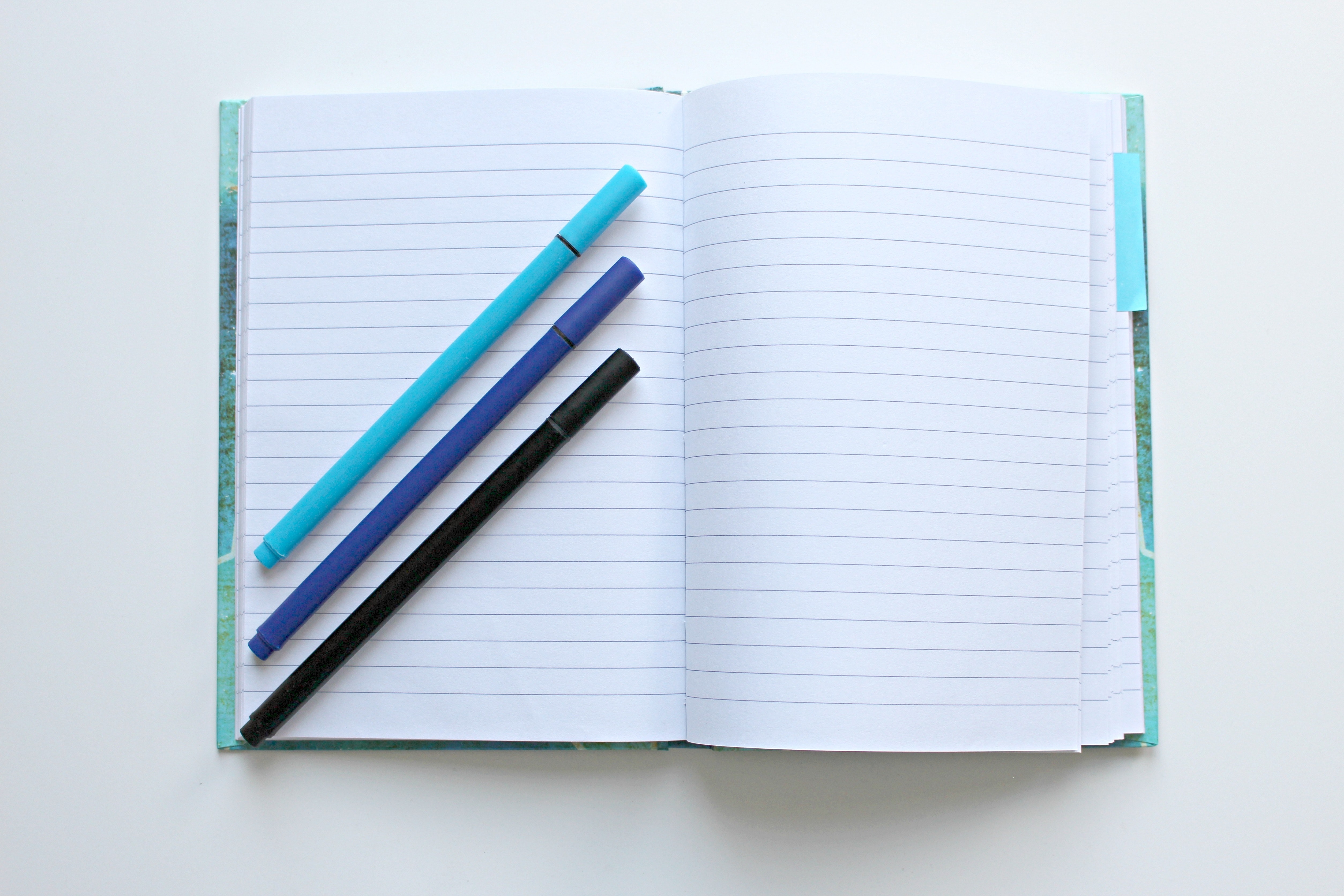So you’ve decided to write a book – good for you! Hopefully at this point you’ve brainstormed a little bit and have gathered together a rough idea of what you want to write about.
Keep those ideas in mind because we’re going to dig a little deeper into them and transform them from vague concepts to solid content.

(If you don’t yet have a general idea of your story and characters, hop on over to Steps to Success Part 1: Getting Started. )
The Setting Up For Success series is designed to walk us through the process of writing a book from start to finish. The idea behind this is that by breaking down the writing process into manageable pieces it is less overwhelming for us busy writers which helps us to work toward and achieve our goals. This allows us to work on our writing instead of wasting energy and time being confused or overwhelmed by the writing process. See Part 1 here and stay tuned for more!
Developing content for our books is all about asking questions about its story elements in order to create a solid foundation for our book to stand on.
There are no right or wrong ways to do this and everyone has a different writing style. Instead I’m just showing you one way that you can use or adapt as needed for your own personal use. (No, you don’t need to have all the answers and set everything in stone right this minute, I promise!)
We’re going to be flying through a few big concepts here so be prepared to cover a lot of ground. Never fear, we’ll spend more time on these topics later but this should give you a place to start.
So hang on to your hats and dig out a pencil. It’s time to fire up the creative thinking and problem solving side of your brain.

Character
It’s time for some character sketches.
Think of the characters in your story, particularly the 2-6 main characters. This should definitely include the protagonist and antagonist, others optional characters who may show up are friends, love interests, mentors, sidekicks etc. (Less can be more here since this is the beginning of the brainstorming stages, feel free to leave out the side characters for now if you want.)
You don’t need to literally sketch your characters out on drawing paper (Though kudos if you do! I love seeing writer’s artwork so feel free to send some my way!) but we want to figure out a rough idea of who these characters are. You can take more time and figure out more details as you wish but there are a few important bits that should be thought about first to have a solid starting point.
-
Motivation
This is the most important place to start.
What does this character want? Do the want respect? Survival? Money? Freedom? What does success or this goal look like for them?
Why do they want what they want? Two people could both want the same thing for different reasons after all.
These motivations will identify your character in a nutshell.
A character’s motivation will drive the character’s actions throughout the story. (So yeah, it’s kind of a big deal.)
And don’t skimp on the bad guy/gal! An antagonist should have just as strong a goal, purpose, and motives as the main character.
-
Strengths
What is your character good at? Is she an expert archer? A doctor? A good listener?
We like characters who are good at something.
Again, the antagonist should be getting a lot of time here. No one is afraid of a weak villain so make them intimidating!
-
Weakness/Flaw
This one is arguably more important than your characters’ strengths.
The character’s weaknesses can be used to make the story matter in significant ways. Is your protagonist prideful or lazy and can that cause trouble for them along the way?
Their weaknesses also make them human and relatable. And they give your characters room to grow and improve!
Which leads into the next area…
-
Character Arc/Change/Lessons Learned
People change in real life and our characters should too. A lot of time can be spent talking about “character arcs” (and there are great resources to check out!*) but the gist of it is that characters aren’t stagnant.
Right now as we are starting out, looking at the character arc of the protagonist is the most important. Of course secondary characters and the antagonist should be dynamic as well but the main character will be driving the story here.
At the beginning of the story the protagonist has some sort of a problem. (This is what the story is about!) If they are able to solve the problem too easily the story is may be sort of boring.
If instead they must learn something new, overcome their past, or control their weaknesses, then the story is more dynamic and filled with meaning.
Alright! At this point we should have at least a kernal of an idea of who our main contenders are in our story so let’s move on to the next big component here:

Worldbuilding
Worldbuilding is designing, creating, researching, and setting up the backdrop and world of your story.
We don’t need to sort out all these pieces today! Like character building, that will be a task for another day and another post. But like we just did with our characters, it’s helpful to have a starting point of what our world will look like.
Think of the setting of your story as impactful as a character. It will influence the characters and the plot and can add to the underlying themes and messages in your story.
As your story grows you can definitely revisit this and make changes as needed but it’s helpful to have a starting point.
First write what you know
If you know your world needs to include water because you’re writing about mermaids, that’s a great place to start! Figure out what is essential to your story.
Big parts of worldbuilding to help guide the process are to think about levels of technology, the climate, economic culture/jobs, people groups, and social class.
As you think about your setting, also think about where your characters fit in to this world. They should be immersed and influenced by culture.
If you have a few different ideas at this point, that’s fine. Even if they’re wildly different at least you have an idea of where you want your story to be taking place and you can revisit it as you go.
The important bit is to make sure your story isn’t occurring in a vacuum of white space! As your story develops hopefully the world will too.
Note: Don’t be afraid of looking things up (learning is great!) but be careful not to get captured in the researching blackholes as you worldbuild. It can be tempting to look everything up about the 1920s as you consider using that as a backdrop for your novel but I’d encourage you to limit this until you have gotten a bit further with your novel. Maybe make notes to yourself *research this later* and them move on. This will allow your story to actually get finished and by the time you get to researching you’ll have a better idea of what you actually need to know.
One of my favorite ways to collect ideas for developing characters and settings for my stories is to to create secret boards on pinterest for them so I can collect images and research topics. I’m a visual learner so it’s great to be able to look at the pictures and get an idea for my story. (Check out my non-secret story scrap board for inspiration if you’re a pinterest fan!)
Maybe you want to keep a running list or document where you can collect ideas you like.
Whatever works for you! Just start playing with concepts and characteristics and see what fits together well and what gets you excited. After all, it’s important to be having fun here. If we aren’t excited about our story what’s the point? 😉
What about you? How do you develop your characters and approach worldbuilding? I’d love to hear what works for you 🙂





I was able to find good advice from your blog articles.
Thanks, Louann!